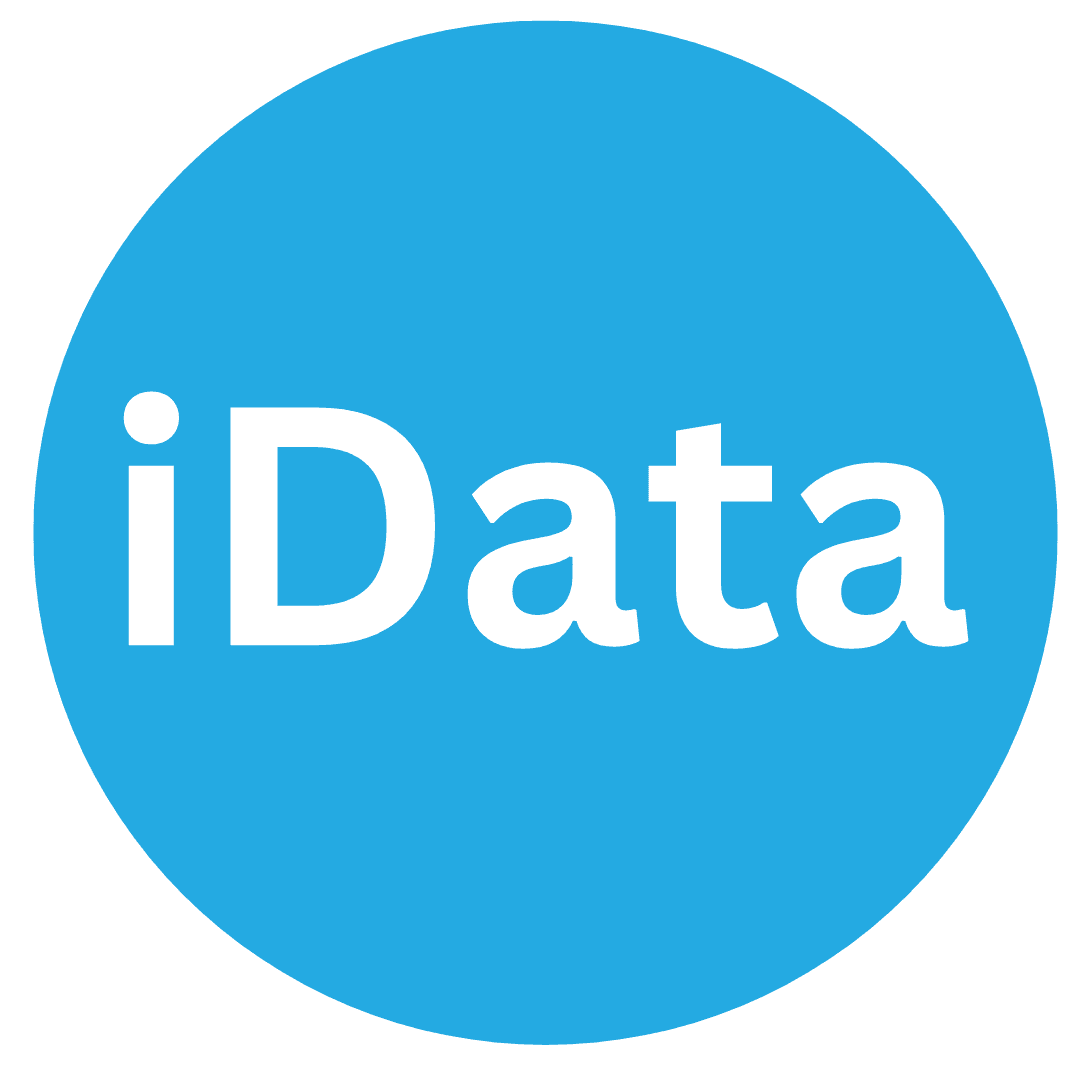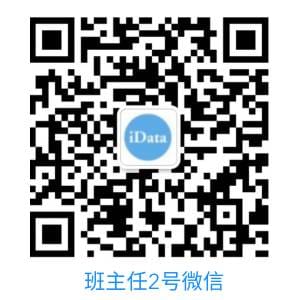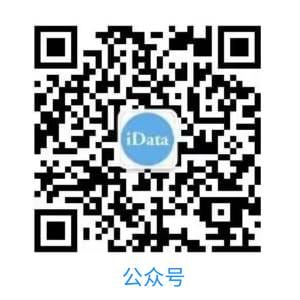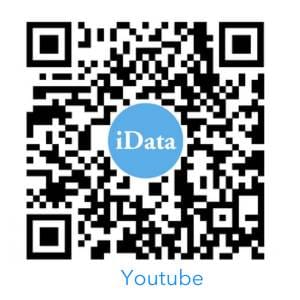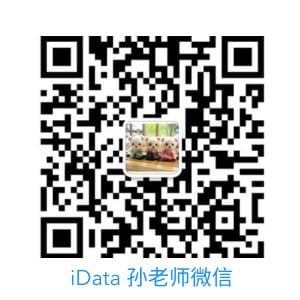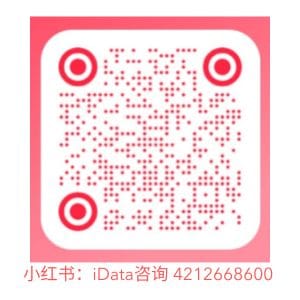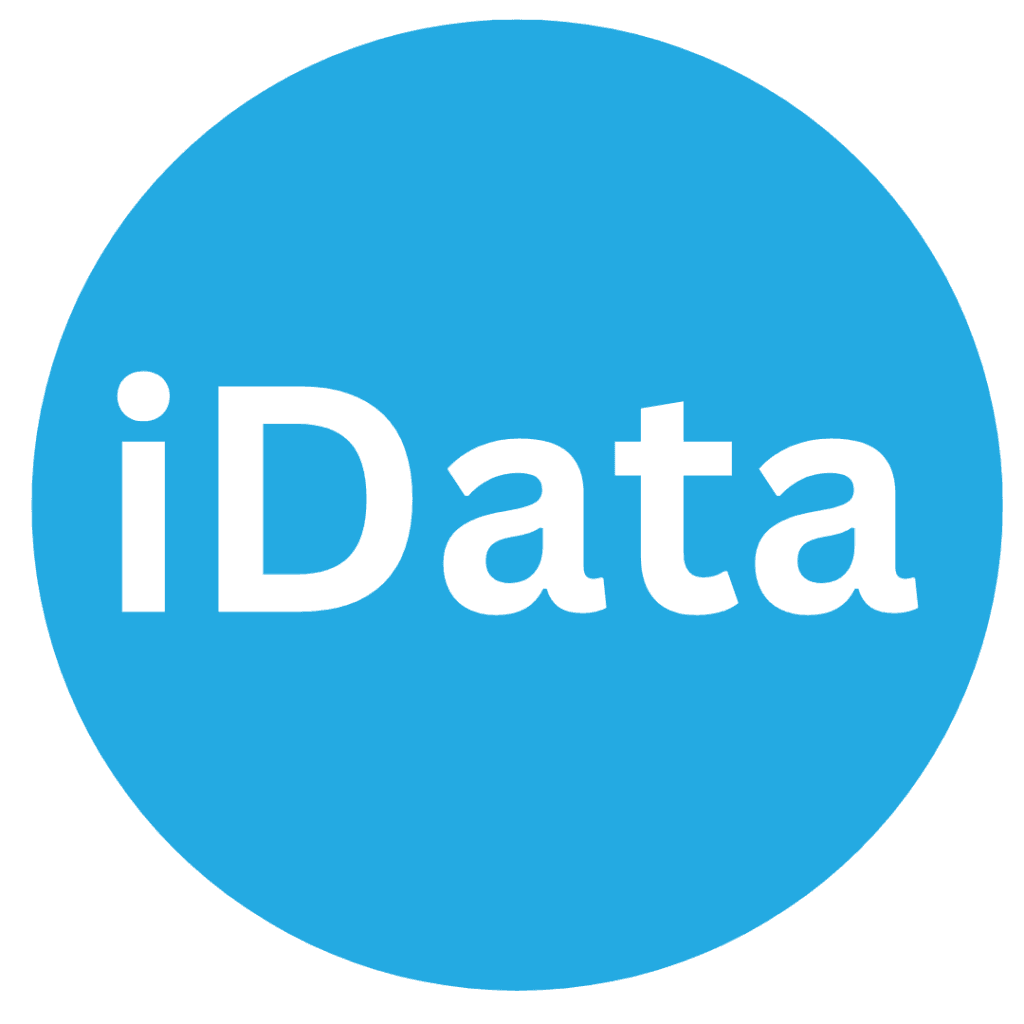Who’s to blame! Submit 1000 resumes without data analysis Offer
Who’s to blame! Submit 1000 resumes without data analysis Offer
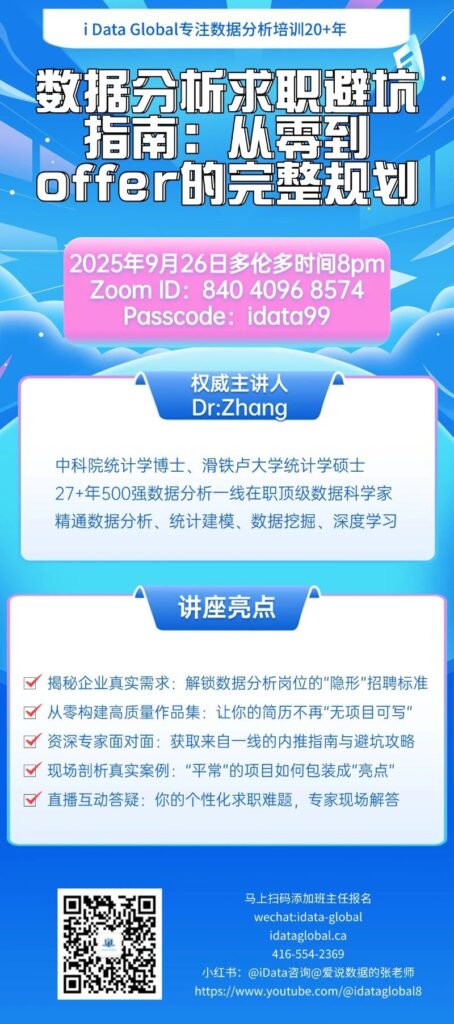
怪谁!投了1000 份简历拿不到数据分析offer
Introduction
Data analysis and data science have emerged as some of the most in-demand career paths in the last decade. Organizations across industries—finance, healthcare, marketing, technology, and beyond—are investing heavily in leveraging data to drive decision-making. While the job market offers abundant opportunities, many new graduates / 想转岗转行 struggle to transition into professional DA/DS/DE roles. 想躺平的人会归因于就业市场的恶化,为自己的找借口。 This paper explores the main reasons behind this disconnect and provides insights for new graduates / 想转岗转行者.
1. Skills Gap Between Academia and Industry
New graduates / 想转岗转行者may build theoretical foundations in statistics, mathematics through learning in universities or other training centers, industry expectations often extend beyond textbook knowledge. Employers value applied skills such as:
- Proficiency in industry-standard tools (SQL, Python, R, SAS, Tableau, Power BI).
- Experience with data cleaning and preparation, which can consume 60–80% of a real-world data scientist’s time.
- Understanding of business context, where technical outputs must translate into actionable insights.
New graduates / 想转岗转行者 who cannot demonstrate these practical skills often fall short in work experience. Idata global will not teach your academic skills, idata global focus on application of software tools and academic knowledge to solve real world problems, not academic knowledge.
2. Lack of Real-World Project Experience
One of the most common reasons New graduates / 想转岗转行者to secure jobs in data analysis/data science /data engineering is the absence of meaningful, applied project experience. While New graduates / 想转岗转行者often know statistical theory, machine learning algorithms, and data manipulation, they may also complete some projects, however, these projects are typically structured, clean, and well-defined. This differs dramatically from the realities of professional work. Employers expect candidates to handle complex, ambiguous problems and demonstrate end-to-end ownership of a project.
- Academic data vs. Real-World Data
- Lots of New graduates / 想转岗转行者 may be given a clean dataset like “Titanic passenger data” or “Iris flower data.” The assignment usually specifies the question (“Predict survival rates” or “Classify flower types”), and success is measured by accuracy metrics.
- Real-World data: Employer know that Much of their data is messy—missing customer IDs, inconsistent formats, duplicate entries. Before any modeling, the analyst must clean, merge, and validate the data while clarifying with business stakeholders what “success” actually means (e.g., “Which customer segments are most likely to respond to this campaign?”). Further , employers might receive multiple, unstructured datasets from different sources (CRM system, website logs, social media).
(b). Defining the Problem
- Lots of New graduates / 想转岗转行者 are told exactly what problem to solve: “Build a regression model to predict house prices.”
- Real-World Example: In a healthcare analytics role, the data team may be asked: “Why are hospital readmission rates increasing?” The analyst must first define the question precisely, identify what data sources exist (patient records, claims data, demographic data), and determine the appropriate methodology (predictive modeling, descriptive statistics, or exploratory analysis).
(c ). End-to-End Project Responsibility
Lots of New graduates / 想转岗转行者 may be asked to complete one step of the projects, however, employers value candidates who can manage the entire data science lifecycle, not just model-building. That means:
- Collecting raw data (often unstructured).
- Cleaning and preprocessing it.
- Exploring it for trends and anomalies.
- Building models or dashboards.
- Communicating results to non-technical stakeholders.
(d ). Portfolio Example Gaps
Lots of New graduates / 想转岗转行者resumes list projects like:
- Predicting survival on Titanic dataset.
- Classifying handwritten digits (MNIST dataset).
- Sentiment analysis on a pre-cleaned Twitter dataset.
These demonstrate basic technical knowledge but do not show readiness for messy, ambiguous, business-driven projects. Employers would rather see portfolio projects like:
- Analyzing local government health data to identify factors influencing hospital admissions.
- Building a Tableau dashboard for a non-profit to visualize donation patterns.
- Scraping job postings to analyze demand for technical skills over time.
3. Overemphasis on Technical Skills Without Communication Skills
Lots of New graduates / 想转岗转行者 focus heavily on coding, algorithms and methods but underestimate the importance of storytelling, visualization, and communication. In data analysis / data science roles, insights must be presented to decision-makers who may not have a technical background. The ability to explain results clearly, visually, and persuasively is as important as data analysis or machine learning.
4. Intense Competition in the Job Market
The “data analysis/ data science boom” has attracted thousands of new graduates / 想转岗转行者 worldwide, leading to a highly competitive job market. Many positions now attract hundreds of applicants, including experienced professionals transitioning from related fields (e.g., business analysis, engineering, or IT). In such an environment, hiring managers often prioritize candidates with proven experience
6. Limited Networking and Job Search Strategies
Job hunting is not only about submitting online applications; networking plays a crucial role. Many new graduates / 想转岗转行者 underestimate the importance of professional connections, mentorship, and referrals. Without attending industry events, joining professional associations, or leveraging LinkedIn effectively, they may miss hidden opportunities in the job market.
7. Insufficient Resume and Interview Preparation
Even new graduates / 想转岗转行者 with strong technical skills often struggle to secure job offers because they fail to present their abilities effectively. Employers receive hundreds of applications, so a resume must stand out quickly, and candidates must be able to articulate their skills and experiences clearly in interviews.
(a). Common Resume Mistakes
- Overly generic content
Example: “Proficient in Python, SQL, Tableau, and machine learning.”
→ This lists tools but does not demonstrate impact. - Too academic
Example: Listing coursework instead of applied work. Employers value what you did more than what classes you took. - Lack of quantification
Example: “Built dashboards to visualize data.”
→ Better: “Built Tableau dashboard for healthcare claims data, reducing reporting time from 3 days to 2 hours.” - Unfocused resume
Many graduates use the same resume for every application, failing to highlight the specific skills that match the job description.
( b). Resume Screening Questions (From a Recruiter’s or Hiring Manager’s Perspective)
When reviewing a new graduates / 想转岗转行者 的 resume, hiring managers often ask themselves:
- Can this person handle messy, real-world data?
- Do they understand the business context?
- Do they have communication skills?
- Do they have relevant tools and techniques?
If the resume does not clearly answer these questions, the candidate is often rejected before the interview stage.
(c ). Interview Challenges
Even if the resume gets through, new graduates / 想转岗转行者 often stumble in interviews due to:
- Weak explanations of past projects (“I just used Python and scikit-learn to run models”).
- Failure to explain methodology choices (Why linear regression vs. decision tree?).
- Inability to connect technical work to business impact.
Solution for new graduates / 想转岗转行者
(a ) Find the mentors who have working experiences as data analyst/data scientist/ data engineer in real world, Mentors tell you how to working for real business issues;
(b)Find the mentors who can help you prepare resume and mock interview just as employers review your resume and censor/ examine your skills and working experiences
(c)Training center has lots of job referral as idata global
Time: 2025-09-19 Friday, Toronto Time 8:00pm
Zoom: 84040968574 password: idata99
